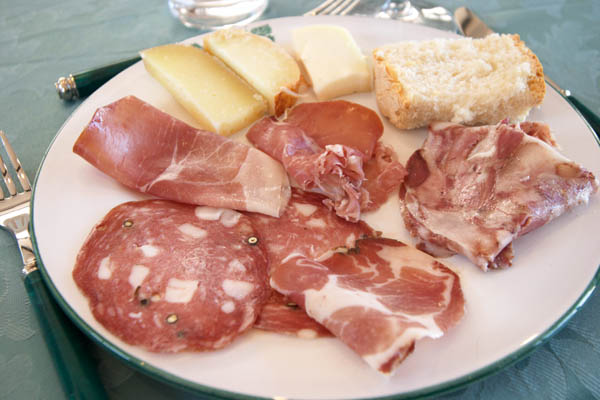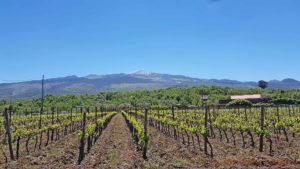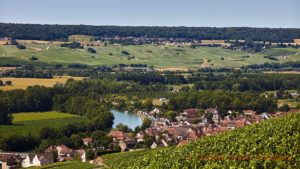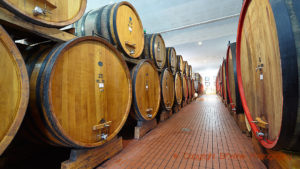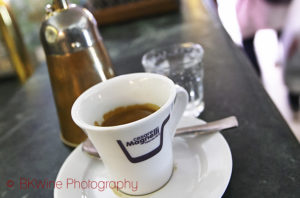It may take a little bit of effort to really appreciate the wines of Tuscany but match it with the delicious food from this beautiful wine region and you will both be happy.
Italy is a paradise for wine lovers. Where ever you go you find something new to taste, a new grape variety to discover, an interesting wine producers to talk to. The Tuscany region has all of this, and much more.
Italy, a boot filled with “mamas”
In this boot shaped country there are more than 350 different grape varieties. Many of these are indigenous and are not found anywhere else. This means that most of the Italian grape varieties were born and raised in Italy. And they do not like to move. The Italian grapes are quite similar to the Italians themselves: they stay at home with “mama” until they are forty years old.
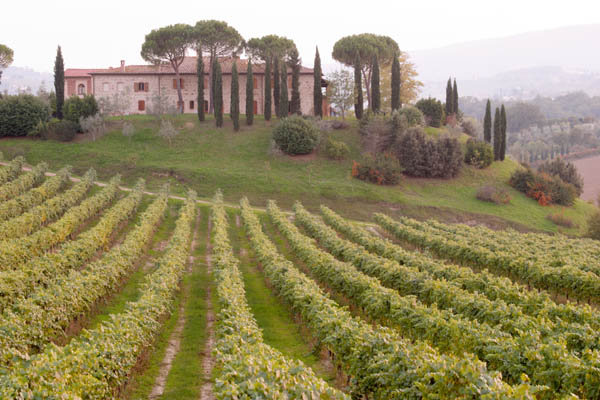
All twenty Italian regions have their own varieties and their own traditions how to work in the vineyard and in the cellar. As a consequence there is a never ending list of different wines to try. You could probably travel around in Italy for more than fifty years without being bored.
Tuscany means red, except…
Say “Tuscany” and an Italian automatically thinks red wine. With good reason. In fact 90% of the production in Tuscany is red. And 100% of Chianti. The only traditional white wine here is called Vernaccia di San Gimignano DOCG. Vernaccia is the grape variety, indigenous to Tuscany. San Gimignano is a small medieval village south west of Florence, famous for its medieval towers.
Having a tower in the Middle Ages was like having a Ferrari today, it meant power.
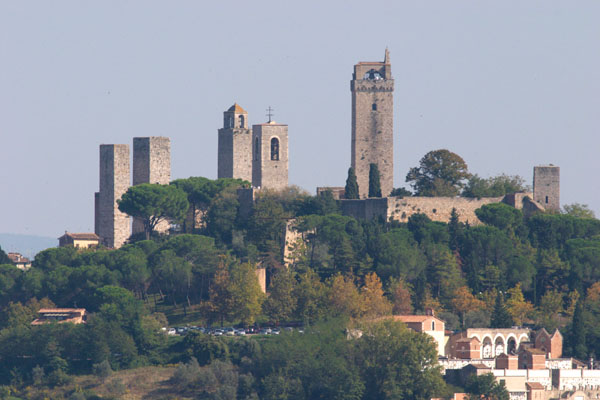
Except for Vernaccia di San Gimignano all the traditional wines from Tuscany are reds. And the basic ingredient in all the traditional recipes is the grape variety sangiovese. The blood of Jupiter!
But since the Italians sometimes tend to make simple things difficult, even when they do not have to, they have put different nick-names on sangiovese depending on where you go in Tuscany.
Sangiovese is still sangiovese, even with a different name
In the regions Chianti and Chianti Classico, two DOCG regions around Florence, sangiovese is called simply sangiovese. But go to the small village of Montalcino and try the excellent Brunello di Montalcino DOCG. A wine made with 100% brunello grapes. Brunello means the little brown one. It is still sangiovese.
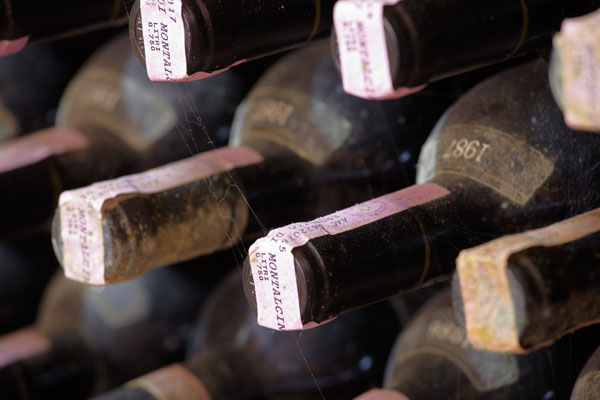
Go to Montepulciano and ask which the main grape variety is in the Vino Nobile di Montepulciano DOCG and the answer will be “prugnolo gentile”. The gentle plum. It is still sangiovese.
Go further south to Scansano and try Morellino di Scansano and you will realize that morellino, the little dark one – can you guess? – is still sangiovese. I could go on and on with other examples.
Sangiovese, not a happy grape
Sangiovese is far from a happy grape. In fact very often it is described by female winemakers as “an old stubborn man” and by male winemakers “as a hysterical woman”.
Sangiovese is a great challenge for the wine producers. The characteristics of the variety are the high acidity, a lightish colour, a lot of tannins and delicate aromas. If you are not careful with sangiovese you will get a harsh and acidic wine with bitter tannins and no aromas. Probably not something that you would like to drink.
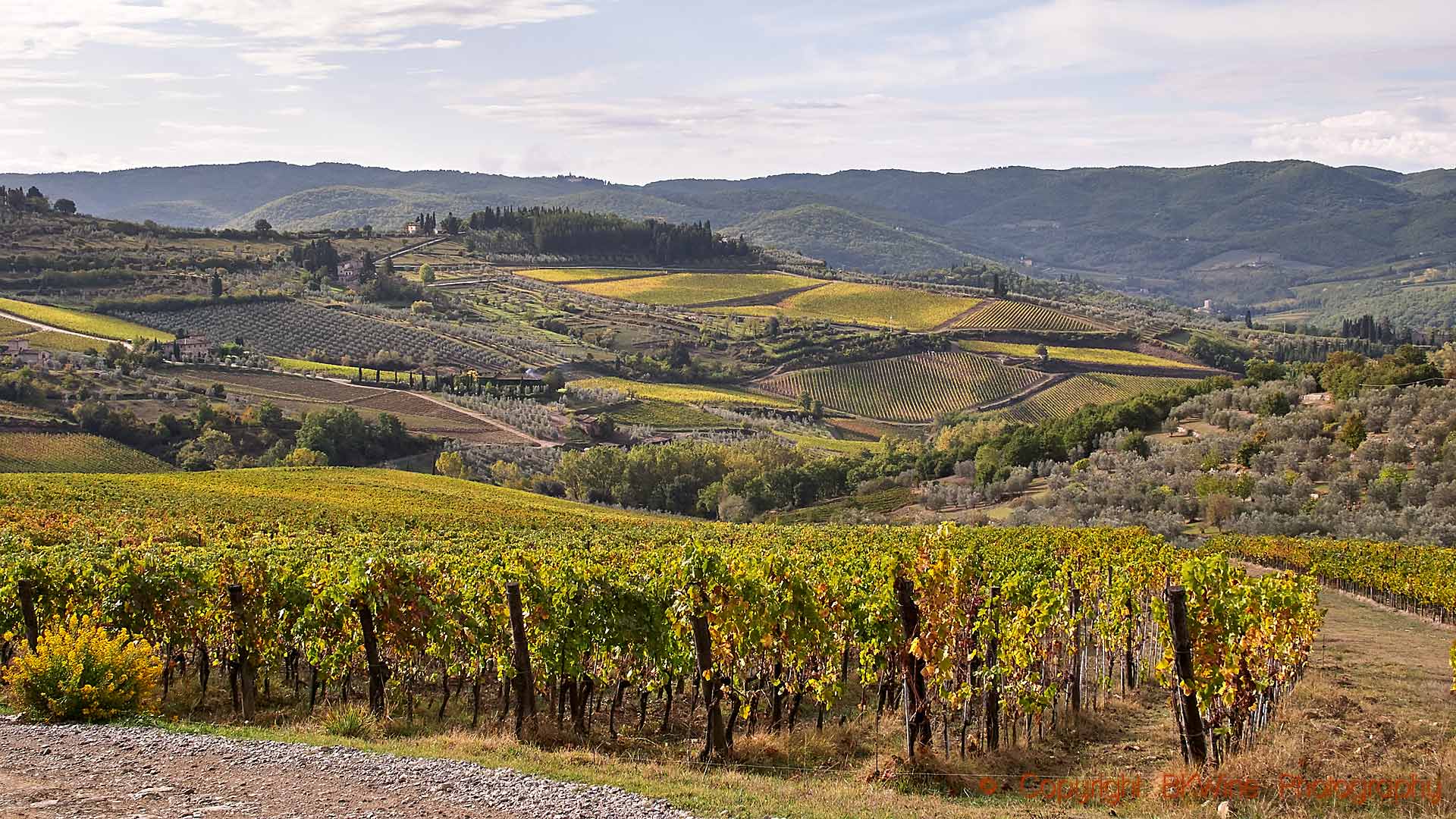
On the other hand, if you take good care of sangiovese you will have a fresh wine with the nice acidity and a pleasant structure, because of all the tannins. The delicate aromas will make you sit with your glass for half an hour just smelling it longing for more.
The Tuscans say it well: “you can make an excellent wine with sangiovese, or a really bad one. Nothing in between.”
Fifty shades of red: sangiovese
Perhaps you now say “OK I’ve got it, all the wines in Tuscany are made with sangiovese so they’ll be more or less the same”? No, and no, and no, and no.
That is why it is so interesting. It is a reactive variety, one that depends much on its environment. Even wines made exactly in the same way but in different zones of Tuscany will taste totally different.
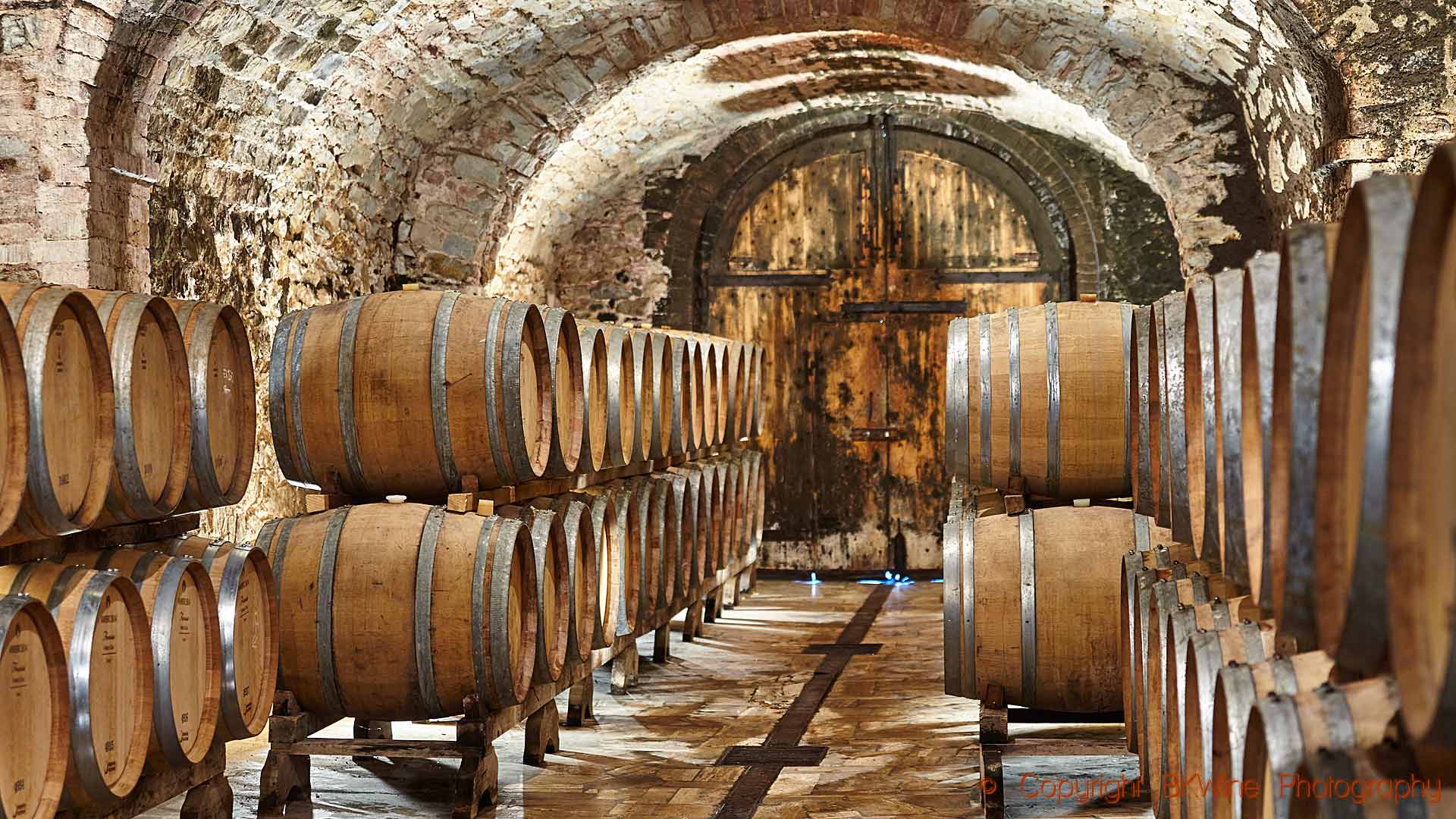
The happy ending
And never forget: sangiovese is a food wine. Like most Italian wines by the way. You have to eat when you drink a sangiovese. I will tell you why. A wine made with sangiovese has a high content of tannins. Tannins are attracted to proteins.
If you do not eat something with high protein contents, like the Tuscan pecorino cheese, a slice of Tuscan salami or the wonderful Florentine T-bone steak, la bistecca alla fiorentina, then the tannins will attack your mouth instead. Because we have proteins in our saliva. If your mouth is empty it could get scary.
So please leave all thoughts on a diet at home when you come to Tuscany. Eat and drink a myriad of different sangiovese wines while you enjoy the breath-taking landscape. In this way first of all you will be very happy. And sangiovese will be at least a little bit more happy than usual.
Read more about travelling in and enjoying the food and wines of Chianti and Tuscany here.
Matching Tuscan wines with the excellent food of the region is an important part of travelling here. You can enjoy it to the fullest when you come on a wine and food tour to Tuscany with BKWine. The gastronomy and local specialities are always an important part of the tours.
Travel to the world’s wine regions with the wine experts and the wine tour specialist.
